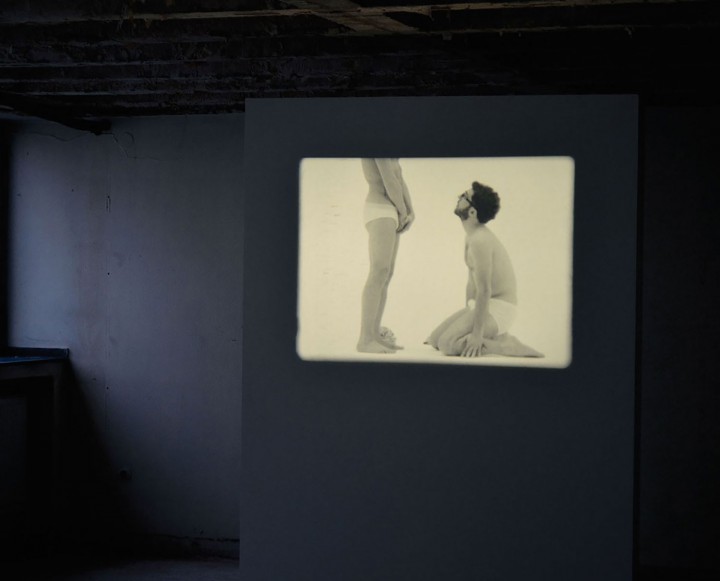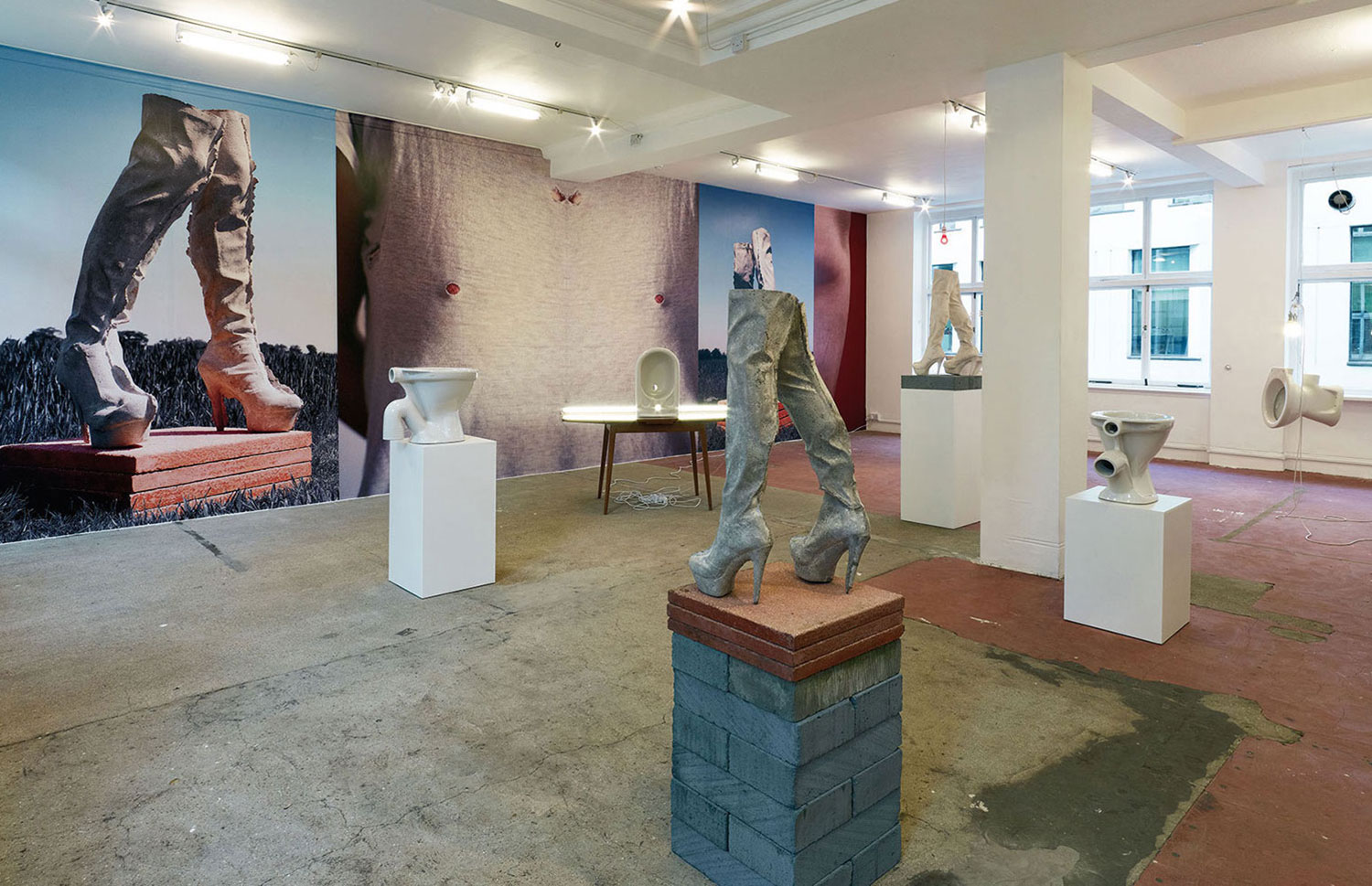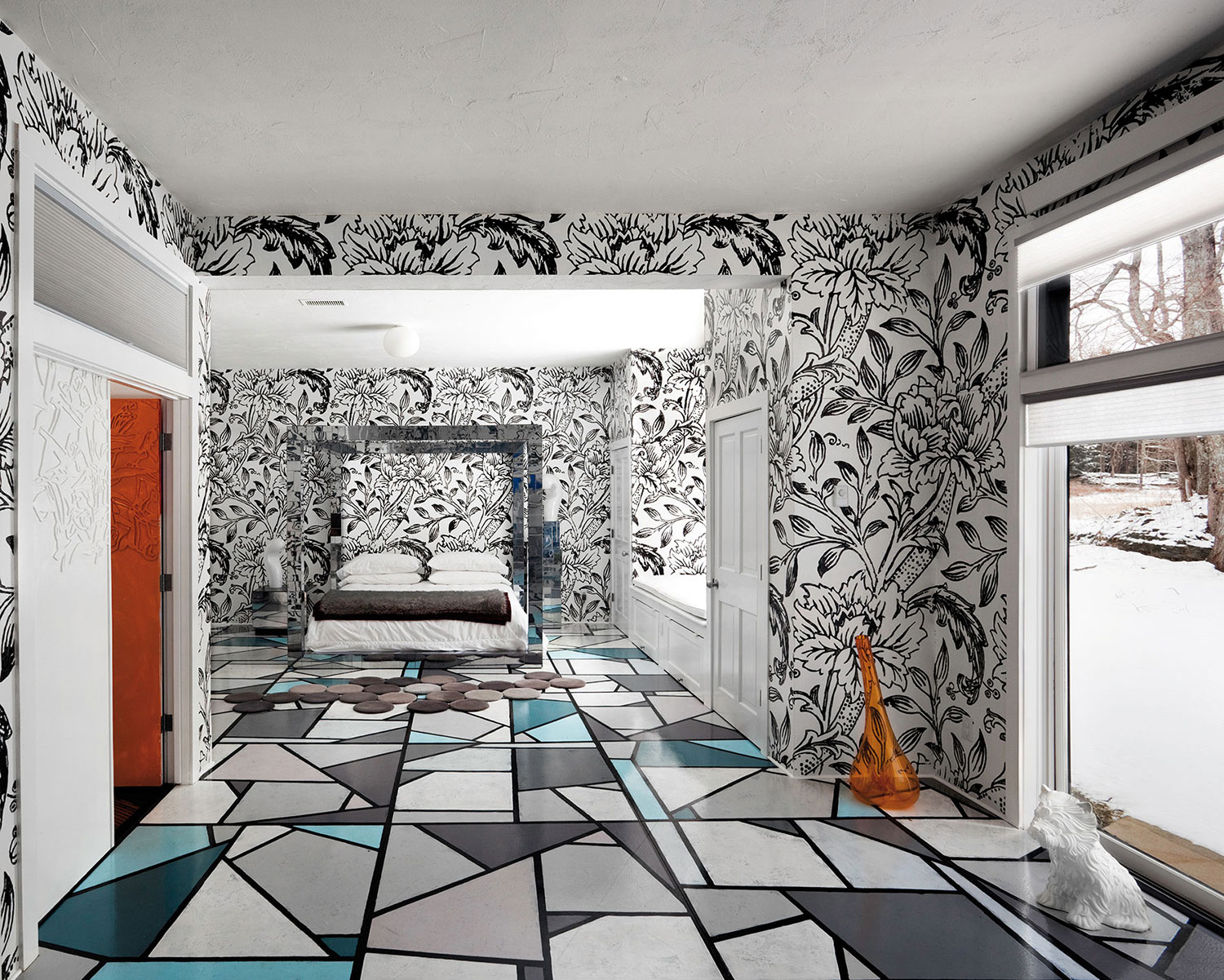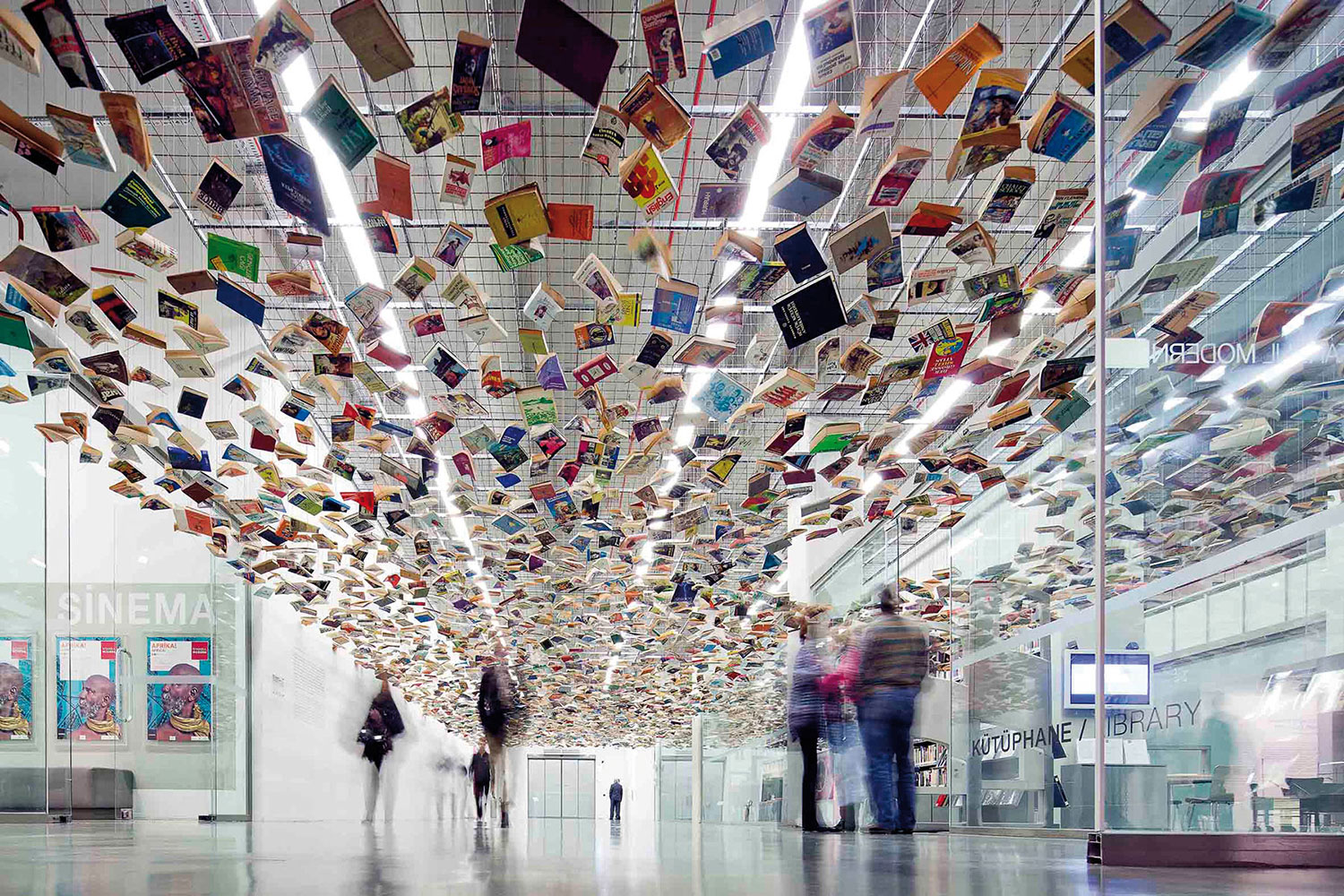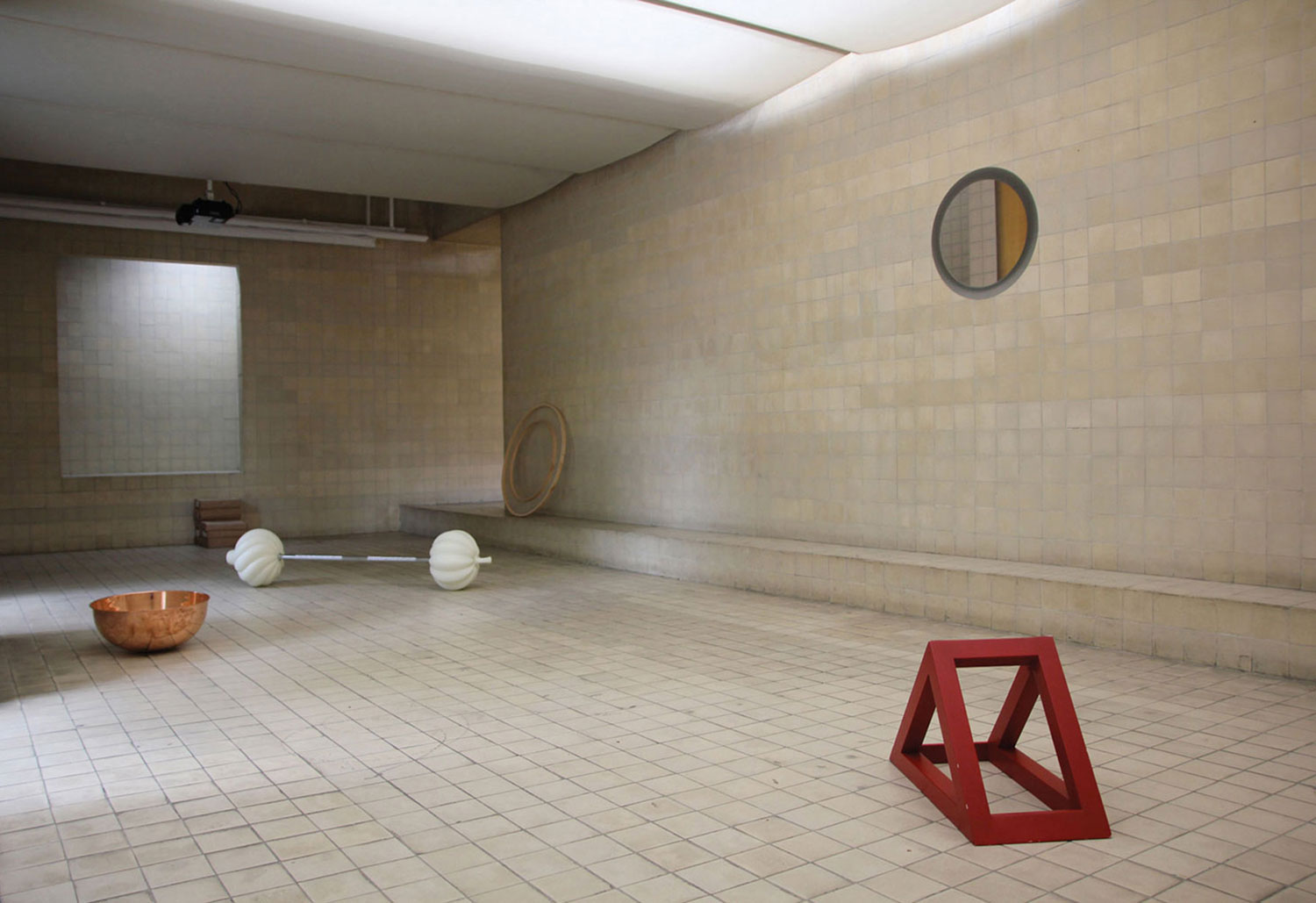
This is an excerpt from my Facebook wall, prompted by a statement I made regarding my visit to dOCUMENTA (13) and the rhetoric, mechanisms of visual display and curatorial choices surrounding the participating artists from the Middle East. Among others, the works of Walid Raad and Akram Zaatari impressed me with their integrity and refusal to bow down before the recent tendency to marry all art from the Middle East with what has come to be referred to as the Arab Spring.
Sam Bardaouil: I do not want to see any more exhibitions about the appropriation of media and the dissemination of images as a form of political resistance! Enough about revolutions! How about showing art for a change?
Shiva Balaghi: But Sam, what would all those critics who say all Middle Eastern art is political have to write about then?
Kamrooz Aram: Sam, this is a big statement and one I am sympathetic to. I would love to hear more. One could write a book on the topic. The work you describe seems to be the opposite end of (or some would argue antidote to) the decorative/meaningless work that is also prevalent in the region. So who occupies a space in between? Who can engage political issues and experience without going to the didactic and dry? How can an artist engage with social/political experience with an approach that doesn’t leave behind poetry and intuition? Alghiero Boetti is a perfect example, and I think his show coming to MoMA this month is very timely.
SB: There are indeed a good number of artists who are engaged in terms of local context but whose work offers great formalistic departures and contributions that are current, relevant and connected to the global contemporary arts scene. These are the ones who find their work hijacked by essentialist mechanisms of visual display and reduced to mouthpieces for politically correct curatorial approaches almost whiffing of an underlying charitable self-righteous intent; yet another form of colonialism. On an equally critical note, it doesn’t help when certain galleries and even artists jump on the bandwagon and start promoting/creating art that is on the right side of history just because it is an opportune moment to create a specific type of work. This is the equivalent of self-orientalizing! It is not always the so-called West’s fault.
KA: Absolutely, Sam. This type of opportunism is as much part of the problem as, say, the sensational use of the hijab. But it is tough to know the artists’ intentions, and everyone has a different agenda for the “future of art.” Whether ideological or capitalist in at its roots, art often becomes a tool for another purpose: 1) Pushing money around, or 2) Pushing forth an ideology. So we have art that becomes reduced to either commodity or propaganda.
SB: This is exactly the issue at hand. Most artists I know — and as an art historian I share the same position — are frustrated with having their art coerced into becoming primarily an anthropological document. Rather, it is important that we review this approach and begin looking at the artwork at hand through the lens and context of art history and theory rather than social, political and economic histories. The parallelisms that were drawn between Iranian and Arab art and their positioning as tools of resistance flattens the specificity of each and dilutes the formal contributions of all concerned artists. As a curator, I find such generalizations and easy assumptions dangerous. Artists are supposed to “complexify” the stereotypes, as Gilles Deleuze once said.
Maryna Hrushetska: Sam, I appreciate your point of view. There is room for multiple perspectives and curatorial approaches. Your website states that the goal of your practice is to encourage global understanding, which makes your position a bit surprising. Naturally, artists should not be coerced into a frame. I am not suggesting that at all. Many of the artists I work with, and find the most interesting, use their work to reclaim identities through wit, humor, darkness or whatever they are feeling. This is a trend I see throughout the world, by the way. Globalization has resulted in many renegotiating their identities. It is a highly relevant subject matter. Why can’t their work be used to illuminate history or culture? Do you think that all art that touches on history/culture/politics is passé? Are you saying that art history is divorced from history, culture and politics? This may be true for strict conceptual art that is self-referential and inaccessible to outsiders, but the rest is steeped in time and place. My approach is based on a first-person perspective; I present the art as the artist intended. I don’t think this is being reductive or cliché. Setting up a common frame is the point of curation, no? I can sense that there is frustration, but I’m not sure where it is coming from. Are curators supposed to ignore the cultural context of art making in the Middle East? Who does that serve?
SB: Dear All: Thank you so much for engaging with such depth and passion with what was intended as a reflection and not a final word. All this rigorous discussion points to the fact that the topics of art, politics and social history resonate with the current moment.

